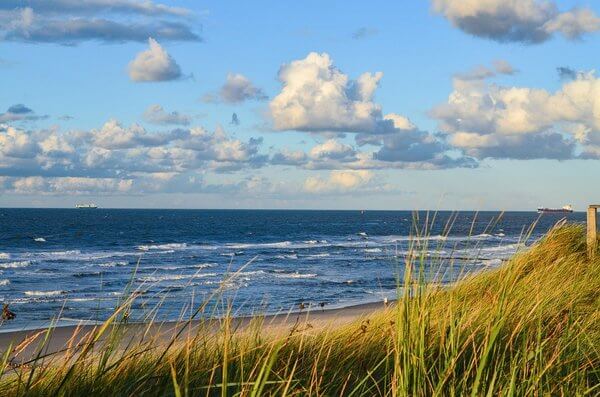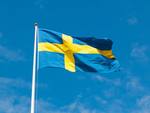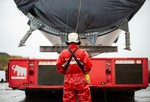News Release from windfair.net
Wind Industry Profile of
Energy Independence in the Baltic States
The interests of the three Baltic states of Lithuania, Latvia and Estonia point clearly in the direction of the West: Since 2004, the states, which together have a population of almost six million, have been members of the EU and NATO. They have long warned against the great power fantasies of Vladimir Putin and see themselves confirmed by the invasion of Ukraine on February 24. Since a Russian minority still lives in all three states 30 years after the collapse of the Soviet Union, there is a fear that they will be next on Putin's wish list.
Therefore, all three states are currently working to cut the last ties with Russia, even though the economic ties have been strong until now: For example, Russia is the most important export and second most important import partner for Lithuania, and Russia is also the most important import country for Estonia, according to the German Federal Statistical Office. However, the EU sanctions alone have brought movement into this sector and severely restricted economic relations. This even went so far that Lithuania temporarily stopped Russian goods transports on their way to the Russian exclave Kaliningrad and only relented at the insistence of the EU.
In addition to the economic sector, the Baltic region is still closely intertwined with Russia in the energy sector. However, this is now set to change - they want to become independent of the East and instead be responsible for their own energy production. Up to now, the three Baltic states have been synchronously coupled with the Russian power grid since independence from the Soviet Union and together form the RG Baltic interconnected grid. By 2025, however, the grid should be connected to the continental European grid anyway, for which new power lines to Poland, Sweden and Finland are already planned.
In addition, the local states are working to convert their economies to renewable energies. For several months, plans have been underway to launch the Baltics' first offshore wind farm. "One of the government's biggest tasks and priorities is to contribute to solving today's energy crisis," said Estonia's Minister of Public Administration Riina Solman recently, emphasizing that the coalition agreement stipulates that Estonia will generate as much renewable energy as it consumes by 2030.

Offshore wind farms in the Baltic Sea off the coast of the Baltic States will soon be responsible for their power supply (Image: Pixabay)
In Latvia, too, plans for energy independence continue to run at full speed: The country has not purchased any more electricity from Russia since May and has announced that it will not purchase any more natural gas from Moscow in the future either. Instead, massive investments are being made in renewable energies: Latvian Prime Minister Krisjanis Karins announced at the founding event of Latvijas Veja Parki (Latvian Wind Farms), a joint venture between the energy utility Latvenergo and the state forestry administration Latvijas Valsts Mezi (LVM), that it intends to invest one billion euros in wind farms. This would be one of the largest investments in Latvia's history. "This is a medium-term solution that will help us become fully independent," the minister said. Latvia aims to achieve this status by 2030.
Economy Minister Ilze Indriksone stressed that the planned wind farms should have a capacity of 800 MW to produce 2.4 TWh per year of green energy. This is equivalent to about 30 percent of last year's energy consumption. Meanwhile, construction of the Dobele wind farm in the Dobele and Tukums region has already started in the second quarter of the year and is expected to be completed in Q3 2025.
The Baltic states are running in the fast lane in 2022.
- Author:
- Katrin Radtke
- Email:
- press@windfair.net
- Keywords:
- Baltic, Baltic Sea, offshore, onshore, wind farm, Russia, Lithuania, Latvia, Estonia, EU, NATO, renewable energy, electricity, energy


























